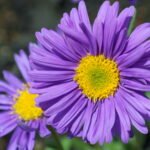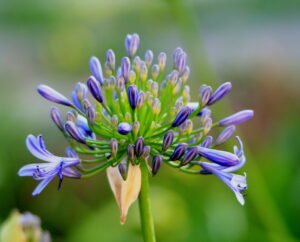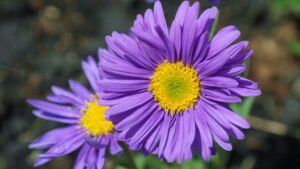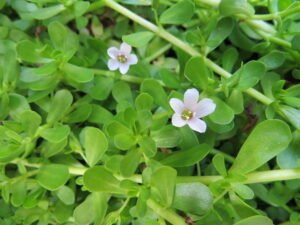Gerbera Daisies: How To Plant, Grow And Care
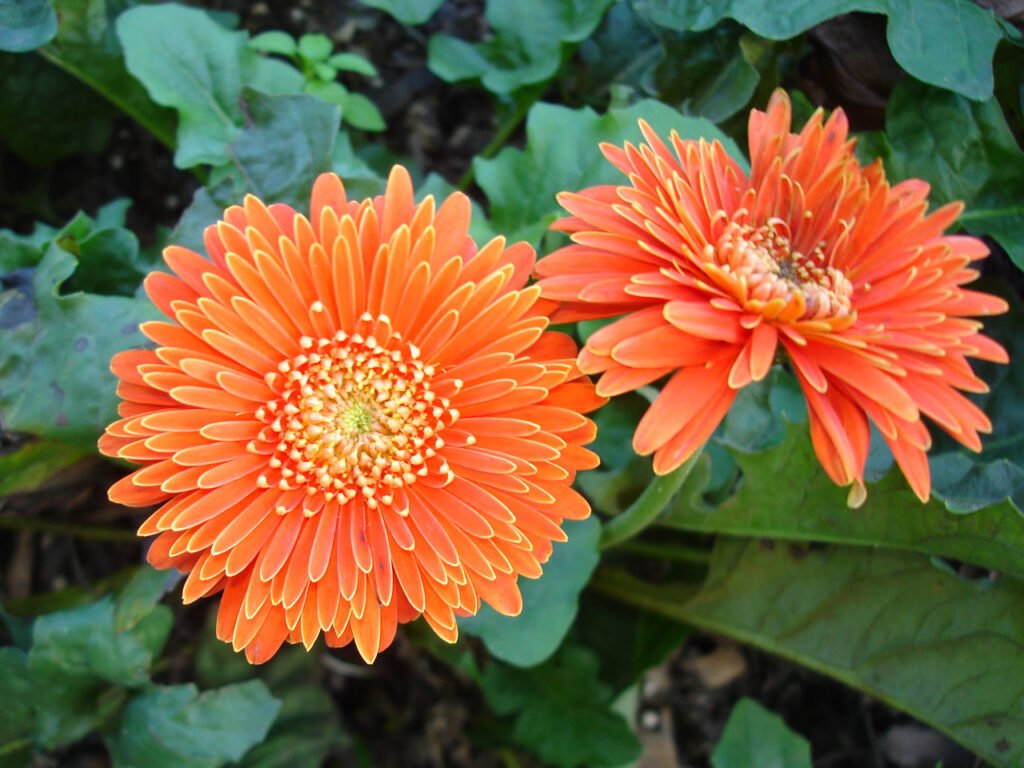
Gerbera daisies are vibrant and cheerful flowers that can bring a burst of color to any garden or indoor space. With their large, daisy-like blooms and variety of colors, they are a popular choice among flower enthusiasts. Whether you are a seasoned gardener or a beginner, this guide will provide you with all the information you need to successfully plant, grow and care for gerbera daisies.

Some Interesting Facts about Gerbera Daisies
- Gerbera daisies emit oxygen at night and absorbs toxins, so Gerbera daisies are perfect plants to keep in bedroom.
- Gerbera daisies are pet friendly and they are not toxic to pets.
- Gerbera daisies symbolizes purity and innocence.
- Gerbera daisies have many varieties and comes in various shape, size and color but natural blue daisy is not present in nature. Gerbera Daisies have a hollow stem and can be used as cut flowers.
- Gerbera daisies are native plants of South Africa and Gerbera daisies are national flower for the nation of Eritrea.
Some Commonly Asked Questions About Gerbera Daisy
Is Gerbera Daisy An Annual or Perennial Plant?
Gerbera Daisy is a perennial plant, but in areas that have harsh winters and summers it is grown as annual plant. If you are growing it indoor and can provide right environment and condition it can be grown as perennial plant.
Is Gerbera Daisy An Indoor Plant?
Gerbera Daisy needs 6-8 hours of direct sunlight, so it can be grown in areas that receives 6-8 hours of direct sunlight. Additionally it grows best in areas that are safe from strong winds and frost. So if you are planning to grow Gerbera Daisy as indoor plant ensure it is kept in area that receives lots of sunlight, most preferably south facing balcony or window.
Can gerbera daisies be grown from seed?
Yes, Gerbera Daisy can be grown from seeds, sow gerbera seeds after last frost in spring season. Gerbera Seeds germinates in two to three weeks and plant grown from seeds take 4-6 months. Due to long wait period and additional care of seedlings for blooms it is best to purchase seedlings or grown plants directly from nursery.
Choosing the Right Location For Gerbera Daisy
When it comes to planting gerbera daisies, choosing the right location is crucial. These flowers thrive in full sun, so it’s important to select a spot in your garden or home that receives at least six hours of direct sunlight each day. If you are planning to grow gerbera daisies indoors, place them near a south-facing window or under grow lights to ensure they get enough light.
In addition to sunlight, gerbera daisies also prefer well-drained soil. Make sure the soil is not too compacted and has good drainage to prevent waterlogged roots. If the soil is heavy or clay-like, add organic matter such as compost, vermicompost or peat moss to improve the soil drainage.
Planting Gerbera Daisies
Now that you have found the perfect location, it’s time to plant your gerbera daisies. Follow these steps for successful planting:
A. If You are planting Gerbera in Ground:
- Prepare the soil, add compost, vermicompost or peat moss to soil. Please ensure to remove any weeds or debris.
- Dig a hole that is slightly larger in width than the root ball of the plant, height of hole should be same as root ball of gerbera daisy plant.
- Place the gerbera daisy in the hole, making sure the top of the root ball is level with the soil surface.
- Backfill the hole with soil, firm the soil around the root ball of gerbera daisy, please ensure there are no air pockets around the root ball.
- Water the newly planted gerbera daisy thoroughly.
B. If You are planting Gerbera in Pots And Containers:
- Prepare the soil, add 1 part compost, 1 part perlite/cocopeat and 1 part garden soil.
- Select a pot that have drainage hole. 6″-12″ inch pots are best for growing Gerbera Daisy.
- Fill the pot with potting soil mix and prepare a hole in potting soil mix Place the gerbera daisy in the hole, making sure the top of the root ball is level with the pot soil surface.
- Backfill the hole with potting soil mix, firm the soil around the root ball of gerbera daisy, please ensure there are no air pockets around the root ball.
- Water the newly planted gerbera daisy thoroughly until water runs out of drainage hole.
It’s important to note that gerbera daisies are sensitive to overwatering, so be careful not to saturate the soil. Water them when the top inch of soil feels dry, and make sure the water drains well.
Caring for Gerbera Daisies
Gerbera daisies require regular care to ensure they stay healthy and continue to produce beautiful blooms. Here are some essential care tips:
1. Watering
As mentioned earlier, gerbera daisies are sensitive to overwatering. It’s best to water them deeply but infrequently. Always keep the soil evenly moist, but ensure it is not soggy. If Gerbera plant is in pot or container water until water runs freely from drainage hole; and then wait for the top 2 inch soil layer of container to completely dry out. Do not water until top 2 inch soil layer in pot/container is completely dry. You can also mulch around the gerbera daisy plant, it will help to retain the moisture and will suppress growth of any weeds.
2. Fertilizing
To keep your gerbera daisies healthy and promote blooming, fertilize them regularly. Use a balanced, slow release fertilizer like compost, vermicompost or organic manure in potting soil. Additionally every 2 weeks you can feed gerbera daisy plant NPK 15-15-15 fertilizer to enhance bloom quality and quantity. Avoid over-fertilizing with nitrogen rich fertilizers like Urea or DAP, as it can lead to excessive foliage growth and fewer blooms.
3. Deadheading
Deadheading, or removing spent flowers, is essential for prolonging the blooming period of gerbera daisies. Once a flower has faded, simply snip off the stem just above a set of healthy leaves. It is important to deadhead gerbera daisy plant as it stops plant from making seeds, because once gerbera daisy plant have started to make seeds it will reduce blooms to invest more energy in seeds making. So deadheading in Gerbera Daisy is important to keep gerbera daisies blooming.
4. Protecting from Pests and Diseases
Gerbera daisies can be susceptible to pests such as aphids and spider mites. It is best to spray neem oil mixture once in a month as preventive measure. But if plant is already under attack from aphids and spider mites spray neem oil mixture once in 3 days until problem is completely resolved.
Conclusion
With their vibrant colors and cheerful blooms, gerbera daisies are a wonderful addition to any garden or indoor space. By choosing the right location, planting them correctly, and providing proper care, you can enjoy these beautiful flowers for years to come. Remember to give them plenty of sunlight, well-drained soil, and the right amount of water and fertilizer. With a little attention and care, your gerbera daisies will reward you with their stunning beauty.
Tags: #Gerbera Daisy Plant Care, #How To Care Gerbera Daisy Plant, #How to Grow Gerbera Daisy Plant, #Gerbera Daisy plants care for beginners, #Gerbera Daisy Plant care tips, #AmazeGarden.Com, #Plants Care Tips, #Gardening, #Kitchen Gardening, #Terrace Gardening, #Backyard gardening, #Container Gardening, #Urban Gardening, #plants Care, #Gerbera Daisy Flower Care, #Gerbera Daisy Flower Care Tips, #Gerbera Care
To Receive Latest Gardening News, Tips and Tricks Please Subscribe Our Newsletter!


